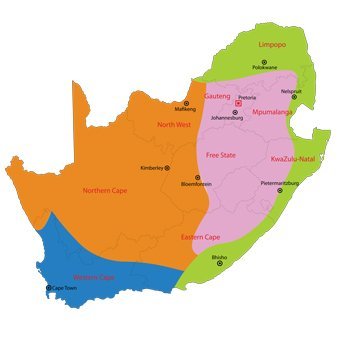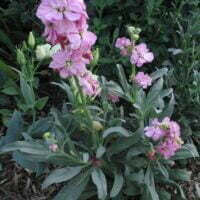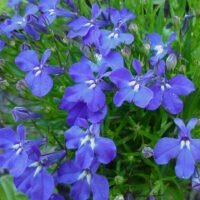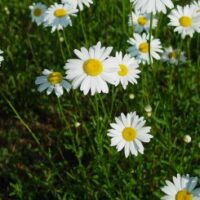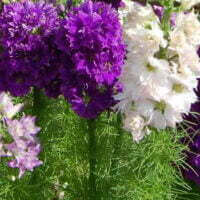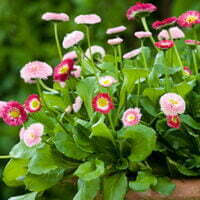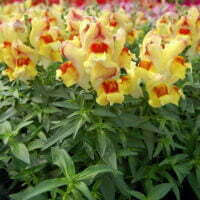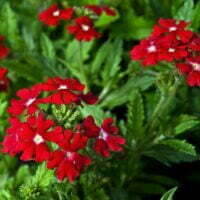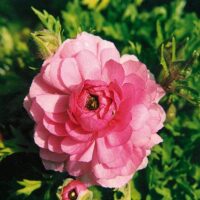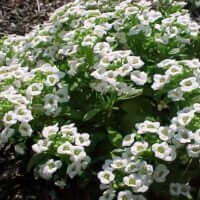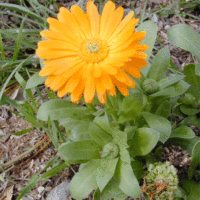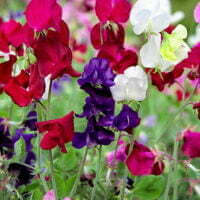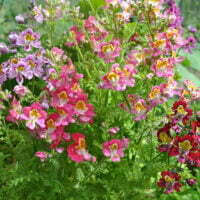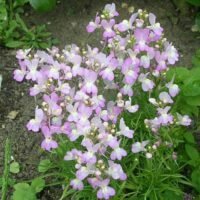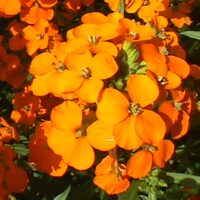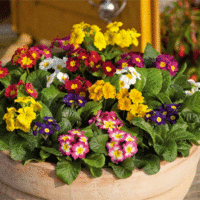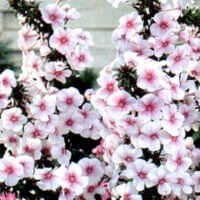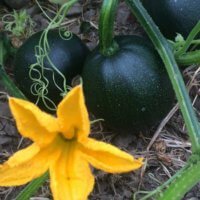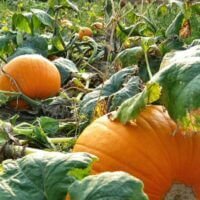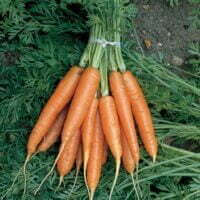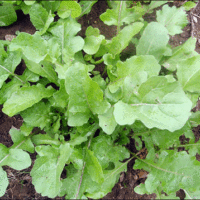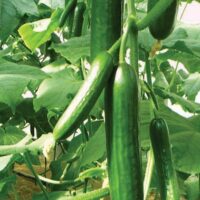What to do in your garden during May
Follow these tips and pointers to help your garden look its best this May.
Plant and Sow
Annuals
The following can still be planted as seedlings:
-
 Chrysanthemum paludosum (Creeping Daisy)
Chrysanthemum paludosum (Creeping Daisy) -
 Penstemon species (Penstemon species)
Penstemon species (Penstemon species) -
 Delphinium x elatum (Delphinium)
Delphinium x elatum (Delphinium) -
 Matthiola incana (Stocks)
Matthiola incana (Stocks) -
 Lobelia erinus (Edging lobelia)
Lobelia erinus (Edging lobelia) -
 Chrysanthemum species (Annual chrysanthemum)
Chrysanthemum species (Annual chrysanthemum) -
 Consolida ambigua (Larkspur)
Consolida ambigua (Larkspur) -
 Bellis perennis (English daisy, lawn daisy)
Bellis perennis (English daisy, lawn daisy) -
 Antirrhinum majus (Snapdragon)
Antirrhinum majus (Snapdragon) -
 Verbena peruviana (Verbena)
Verbena peruviana (Verbena) -
 Digitalis purpurea (Common foxglove)
Digitalis purpurea (Common foxglove)
- Remember to sow Sweet peas during the month and prepare the soil at least a week ahead by working in some well-rotted compost and a handful or two of bone meal per square meter. Also, erect a support structure prior to sowing to avoid later inconvenience
- Namaqualand Daisy, Dimorphotheca aurantiaca can be sown throughout the country.
Plant spring-flowering bulbs in frost-free regions:
In dry continental and summer rainfall regions you can plant the following:
-
 Salvia officinalis (Sage)
Salvia officinalis (Sage) -
 Calendula officinalis (Pot marigold)
Calendula officinalis (Pot marigold) -
 Centaurea cyanus (Cornflower)
Centaurea cyanus (Cornflower) -
 Eschscholzia californica (Californian poppy)
Eschscholzia californica (Californian poppy) -
 Lathyrus odoratus (Sweet pea,)
Lathyrus odoratus (Sweet pea,) -
 Senecio x hybrids (Florist’s cineraria, ragwort, groundsel)
Senecio x hybrids (Florist’s cineraria, ragwort, groundsel) -
 Schizanthus wisetonensis (Poor man’s orchid, butterfly flower)
Schizanthus wisetonensis (Poor man’s orchid, butterfly flower) -
 Linaria maroccana (Toad flax)
Linaria maroccana (Toad flax) -
 Consolida ambigua (Larkspur)
Consolida ambigua (Larkspur) -
 Antirrhinum majus (Snapdragon)
Antirrhinum majus (Snapdragon) -
 Erysimum x kewensis (Wallflower)
Erysimum x kewensis (Wallflower)
Herbs and Vegetables
In sub-tropical regions plant the following crops:
-
 Petroselinum species (Parsley)
Petroselinum species (Parsley) -
 Raphanus sativus (Radishes)
Raphanus sativus (Radishes) -
 Lycopersicon esculentum (Tomatoes)
Lycopersicon esculentum (Tomatoes) -
 Cucurbita pepo var. pepo (Gem squash)
Cucurbita pepo var. pepo (Gem squash) -
 Cucurbita maxima (Pumpkins)
Cucurbita maxima (Pumpkins) -
 Lactuca sativa (Lettuce)
Lactuca sativa (Lettuce) -
 Daucus carota (Carrots)
Daucus carota (Carrots) -
 Brassica oleracea var. capitata (Cabbages)
Brassica oleracea var. capitata (Cabbages) -
 Brassica campestris var. rapa (Turnips)
Brassica campestris var. rapa (Turnips) -
 Beta vulgaris var. cicla (Chard, Swiss chard)
Beta vulgaris var. cicla (Chard, Swiss chard) -
 Beta vulgaris var. esculenta (Beetroot)
Beta vulgaris var. esculenta (Beetroot)
In winter rainfall regions plant the following:
In summer rainfall regions plant the following:
In warmer frost-free regions plant the following:
Garden Maintenance
- Continue sowing salad crops, remember to sow in regular successions to ensure they mature in accordance with harvesting requirements.
- Plant out winter-flowering annuals.
- Plant lilies and treated tulips.
- As bulbs come up, keep them well watered and feed once a fortnight with a general fertilizer.
- Plant flowering shrubs like buddlejas, cestrums, deutzias, spireas and viburnums.
- Cut back dahlias, lift the tubers and store in a cool, dry place.
- Tie sweet peas to their stakes and water well.
- Start preparing for winter protection in areas where heavy frosts are experienced.
- Mulch plants to protect the roots from frost.
- Now is a good time to order bare-rooted fruit trees, vines and roses for planting in July.
- Put out bait among the fruit trees for fruit fly.
- Prepare trenches for planting asparagus.
- Drench conifers with Wonder Aphicide at least once a month to control cypress aphid.
Trees and shrubs
May is the month for planting trees and shrubs. Mix in compost and a handful of bone meal and water well.
View one of our regional maintenance guides for more accurate suggestions.
General Gardening Maintenance
- Feed pelargoniums and spray against rust where necessary.
- Feed the lawn and mow if needed.
- Fertilize roses and prune them lightly for lovely autumn blooms.
- Spray regularly against black spot and mildew.
- Control ants, as they introduce aphids and scale to your plants.
- Make cuttings of Azaleas, Fuchsias, Hibiscus, Camellias and Impatiens.
- Annuals, Roses, and perennials like geraniums, daisy bushes and lavender need to be deadheaded regularly to promote growth and encourage flowering.
- Phlox and Catmint also respond well to deadheading.
- Remember to de-bud Dahlias at regular intervals.
- Hedges, standards or “lollypops”, screens and topiaries need to be pruned regularly to keep them neat and in shape.
- Ensure Chrysanthemums well supported and feed them every second week with a water-soluble fertilizer.
- Fertilize and water Pelargoniums, Cannas, Gladiolus and Dahlia well and repeat feeding every second week or so.
- Prune Acanthus mollis down to ground level and mulch well.
- Tip and semi-hardwood cuttings can be made from the spring growth of Rhododendrons (Azalias) and Camellias.
- Start watering Camellias well and mulch around but not against the stems.
- Spray grapes for mildew if necessary.
- Water Strawberries, Mulberries, Guavas, Pawpaws, and Citrus well.
Watering
- Water all trees well once a month during dry weather and trim any branches that have been broken by wind or hail.
- Continue to feed annuals with a liquid fertilizer every second week.
- Water the entire garden well during dry periods and pay special attention to the roses, water them nice and deep at least once a week.
- To minimise your gardens water requirements:
- Refrain from watering during mid-day.
- Water thoroughly and deep at less frequent intervals rather than a quick splash on a more regular basis.
- Though it is often tempting remember not to turn or “cultivate” the soil as this invites evaporation and stimulates weed seed germination.
- Consider putting up a rainwater tank this rain season, as a wide variety of vegetables and container-grown plants give best results if watered with rainwater.
- Keep the garden well mulched.
Lawn
- Mow if needed and water once a month.
- Feeding is no longer needed
- Protect the roots from burn by raising the mower blades
Weeds
- Remove weeds from the lawn by applying a broad-leaf weed-killer, weeds in the garden bed are best removed by hand before they flower and set seed.
- Treat weeds in the driveway and paving with boiling water on a hot day, remove them by hand make use of a number of no- selective weed-killers available on the market. – avoid spraying on windy days and strictly follow the dosage and package instructions.
- Minimise weeds by applying mulch and weed guard or landscape fabric and refrain from turning or “cultivating” the soil.
Pests and Diseases
Spray regularly where necessary to keep the garden free of pests. – There are a number of organic products and remedies available.
For more accurate garden maintenance tips in your climate visit this link and select the most suitable region.

